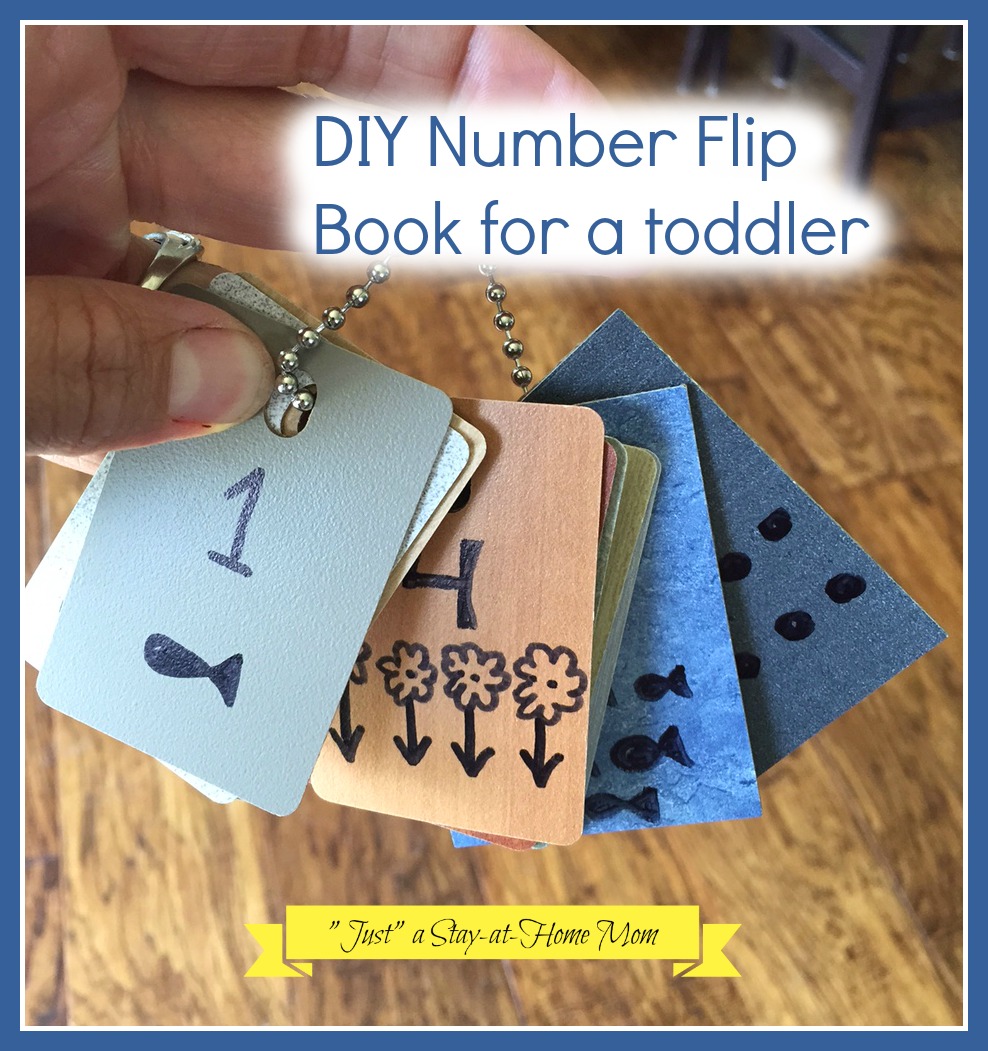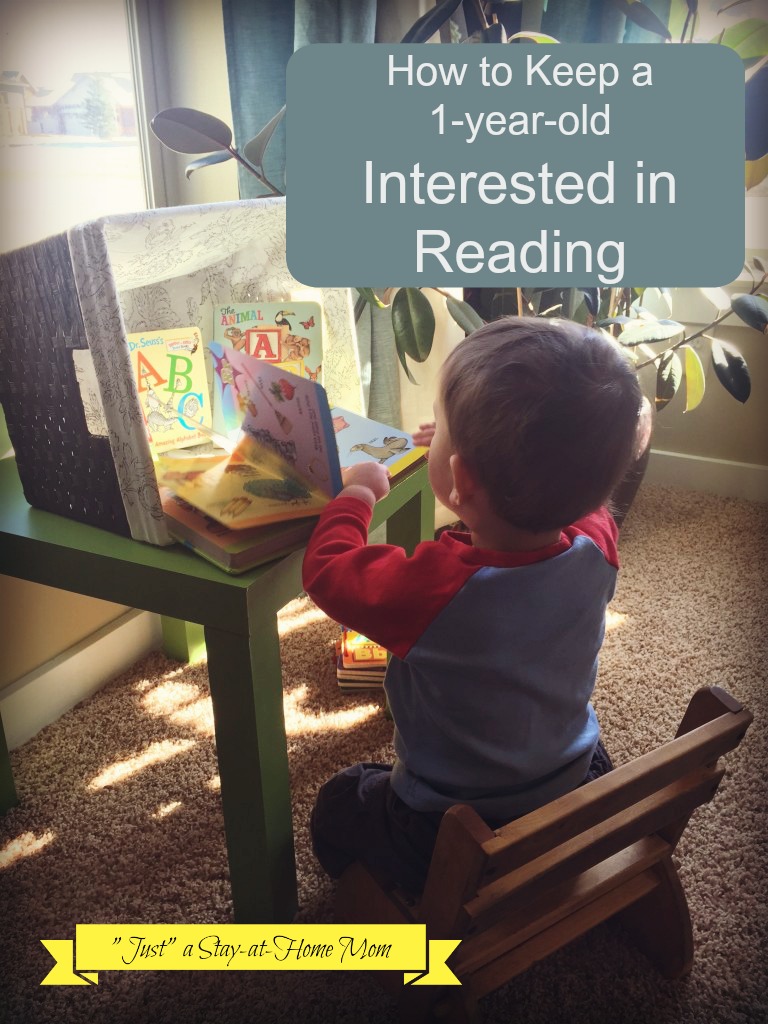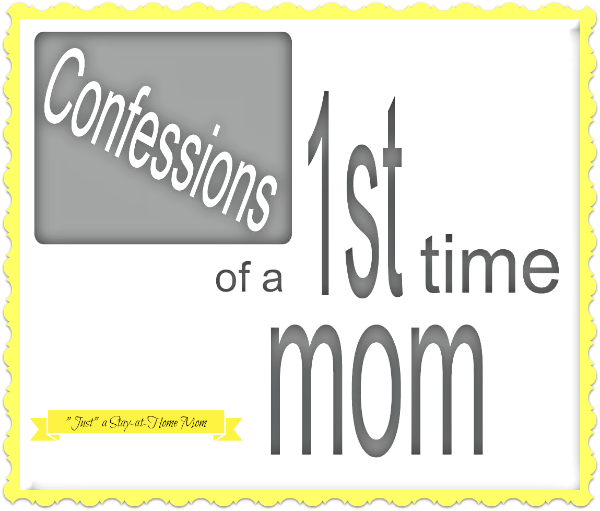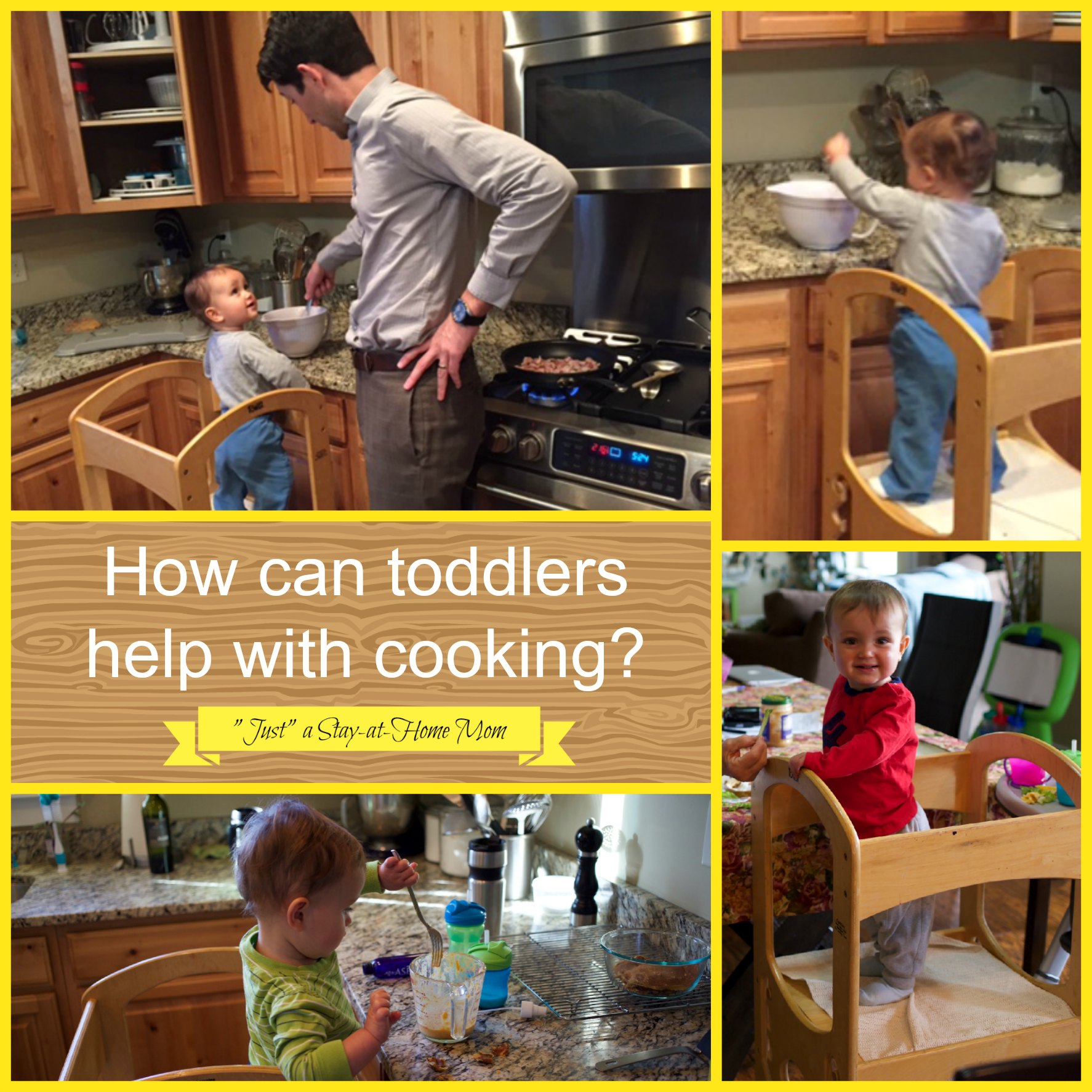Category: Montessori at home
-

Learning about numbers
The National Association for the Education of Young Children (NAEYC) says, “Each day offers us countless opportunities to help children deepen their understanding of math concepts. The more we talk math, the better chance infants and toddlers have to build a positive attitude toward math learning and learning in general.” So, I am striving to…
-

Ways to keep my 1-year-old interested in reading
My son has always loved books. We have tried to encourage this from a very early age by having books be equal to toys. We have books that work as toys in the bath tub (these are great!), books in his bedroom toy shelf, books in the play space of the living room, and even…
-

Floor bed dropout
Well, I have a confession to make. Yep. I am officially a floor bed dropout. I learned about using a floored from Montessori, and believed in the theories behind it. Here is what a Montessori-inspired bedroom, with a floor bed, looks like. Super adorable! Mainly, the idea is that you: 1. Have your toddler sleep…
-

Ways to involve your toddler in the kitchen
If your 1-year-old is like mine, they LOVE to be involved with cooking (or anything you are doing in the kitchen)! My Chunky Monkey loves to sweep too. These are aspects that Montessori calls “Practical Life” lessons. When a child has ways that they can be involved in the daily activities (cooking and cleaning), they…